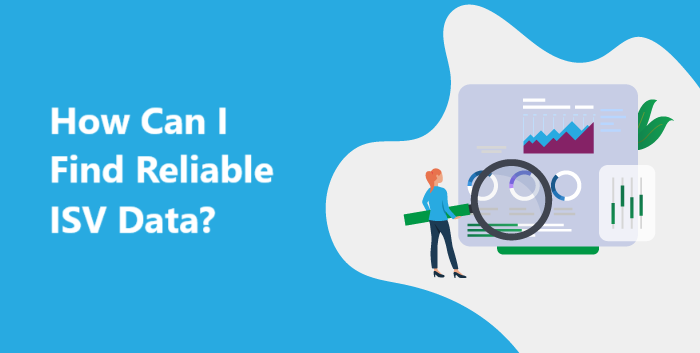By analyzing the specificities of each social network, you will save precious time and avoid being scattered on platforms where your audience is not present. So which one should you choose? Here is a brief overview of the steps to follow:
1. Establish your goals.
Identifying your goals is the first step when you are asking yourself which social network to choose. Not all social networks are suitable for all types of goals. It is therefore essential to ask yourself the right questions: what benefits do you want to reap from your presence on social networks? Gaining visibility? Developing traffic to your website? Retaining your customers? Creating engagement?
2. Select THE social network adapted to your target audience.
To guide your choice, three factors are important to take into account:
- What are your audience’s favorite social networks?
- Which social network best suits your industry?
- What kind of content do you want to share?
Each social network has its own characteristics and advantages, which is why it is necessary to do some preliminary thinking before making your choice.
- Conversational social networks
- Facebook: This is the most influential and visited social network in the world. More B2C-oriented, Facebook allows you to develop a community of fans and directly exchange with your customers. The only downside is that over time Facebook has become less popular with young audiences.
- Twitter: This social network is very useful when it comes to sharing news, managing your press relations, and your customer service. Twitter is considered as a real micro-blogging site. It allows you to exchange short messages with your audience and create a buzz thanks to the sharing functions.
- Visual social networks
- Instagram: This is the social network of the moment if you want to reach a relatively young target. All industries that can visually enhance their products and services have an interest in communicating on Instagram (crafts, commerce, catering, art, services to individuals, etc.). Having become a true 2.0 marketplace, Instagram offers you the possibility of labeling your products and linking your photos. This represents a considerable advantage in increasing your site traffic and providing direct access to your products.
- YouTube: This social network turns out to be THE channel for sharing videos. For businesses, YouTube is a great way to distribute how-to videos, tutorials, or any other video that allows you to showcase your expertise.
- Pinterest: Specializing in sharing photographs, this social network is a veritable catalog of images and a source of inspiration for many Internet users.
- Professional social networks
- LinkedIn: If your focus is on B2B, this social network is a MUST. It will allow you to develop your network by giving you the opportunity to interact with your partners. It will help you unite your brand around your community. Thanks to various available tools, LinkedIn has become a place to master in the art of social selling.
3. Think about the form and tone of the message.
Depending on your industry, the type of content you choose to broadcast will widely vary. Your goal will be to convey your brand’s personality through your posts. To do this, it is important that your posts resonate with your audience. To gain in efficiency, we advise you to establish an editorial line and a content calendar according to the themes you wish to address.
Conclusion
As we have seen, each social network operates differently. Once you understand where your target is and how to reach them, all you have to do is get started! No matter which platform you choose, it will take time and effort to gain visibility. To optimize your impact on social networks, we advise you to publish quality and personalized content regularly.









